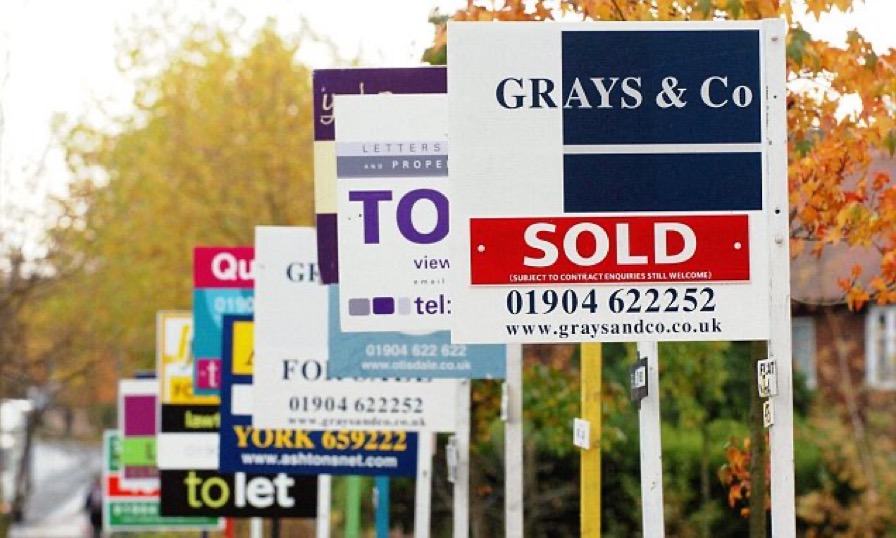Property values have dipped just four times in 50 years

House prices have fallen in just four of the last 50 years
Research by peer to peer real estate investment platform, easyMoney, has revealed that while the property industry buckles up for a period of market turbulence, the chances of house prices falling in 2023 are unlikely, with the market seeing a drop in property values just four times in the last 50 years.
easyMoney analysed historic UK house price data from the Land Registry going back over the last five decades, looking at how the market performed each year between January and December since 1973.
While the latest Halifax and Nationwide house price reports have both indicated that house price growth started to slide in December, the research by easyMoney suggests that there’s little cause to worry about the long-term health of a bricks and mortar investment.
Over the last fifty years, the UK property market has only registered a negative rate of house price growth on just four occasions, versus 46 years of positive growth.
Perhaps unsurprisingly, the largest of these declines came in the wake of the 2007-2008 financial crisis. In January 2008, the average house price sat at £185,782 but by the end of the year, this had fallen to £160,954 (December), a -13.4% reduction in just 12 months.
The other notable decline came following the previous financial downturn in 1992, when house prices fell by -5.8% between January and December.
1990 and 2012 are the only other years when the market has seen a drop in values, although at -0.6% and -0.2% respectively, they were far less severe than both 1992 and 2008.
In contrast, 2002 ranks as the strongest year for property prices, with the average UK house price increasing by 28.8% between January and December.
Across all 46 years of positive property price movement, there are also just three years – 1991, 1995 and 2010 – when this rate of positive house price growth sat below the one percent threshold.
Jason Ferrando, CEO of easyMoney says
“Over the last fifty years it’s fair to say that the performance of the UK property market has been quite remarkable.
It’s not just the positive growth seen but also the consistency of this growth year in, year out, that has made real estate a very low risk area of investment.
In fact, it seems that nothing short of a cataclysmic economic downturn is required to bring about a reduction in property prices and even these periods of negative growth are short lived.
So while the market may be currently subject to a great deal of fear mongering due to a monthly reduction in the rate of house price growth, it’s highly unlikely that come December this year property values will have dipped below their current levels.”






